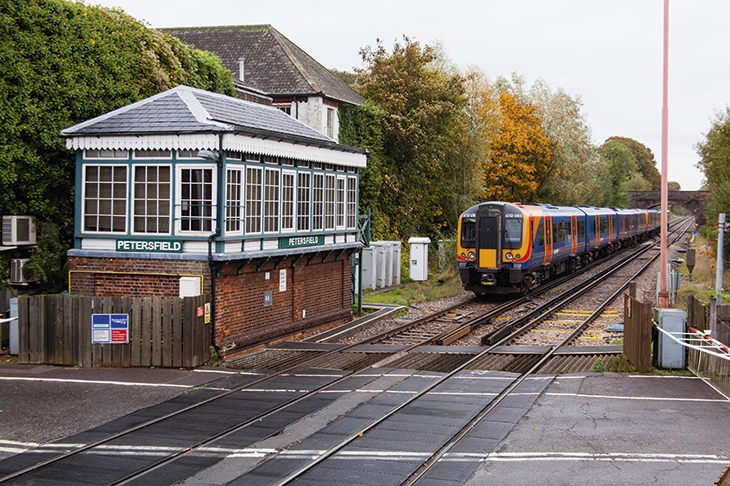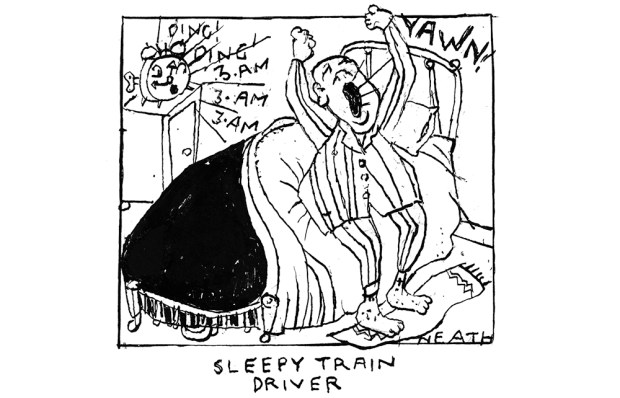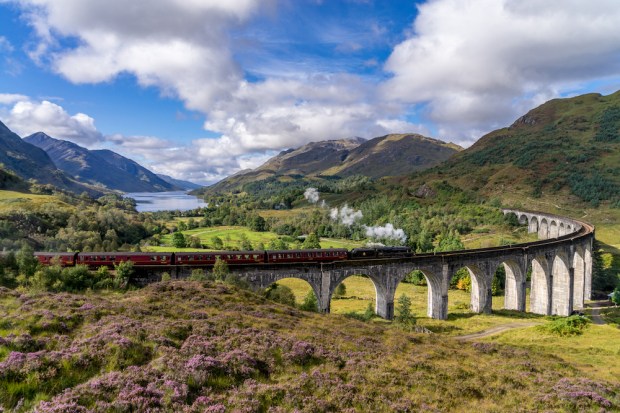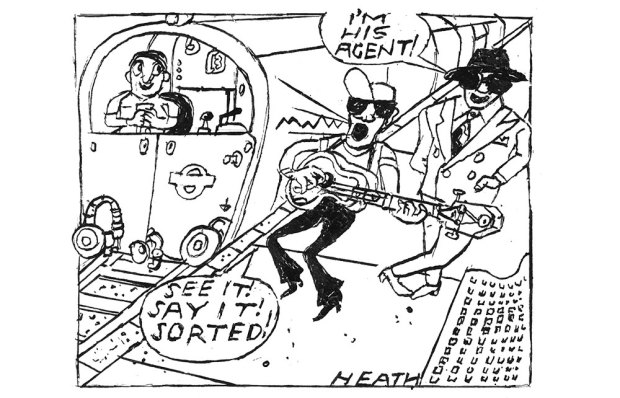Petersfield signal box is in the wrong place. Or at least it is now. When it was built in the 1880s, it was in precisely the right place, near the tracks and next to the level crossing that the signalman controlled. It had to be. Signal boxes had a series of big levers which controlled both signals and the points on the track. In the days before electric motors, the boxes had to be as near as possible to the points or shifting the levers became too difficult, especially in cold weather.
Petersfield is Grade II listed because it is a rare example of a box containing equipment developed by the London & South Western Railway, which built most of the lines out of Waterloo. It now faces demolition as Network Rail is decommissioning the box and wants to improve the level crossing next to it.
In the early days of the railway, ‘policemen’ had to stand next to the points to change them and were soon provided with little huts for shelter. Then, as trackwork became more complex, several points were controlled from one location and the signal box was born.
The signal box was often the local hub of the railway, frequently busier than the local station as the P-Way men (the trackworkers), the signalmen and various local people — a mix of enthusiasts and the nosy, often schoolchildren — would pop in for a chat and a cup of tea from the kettle that was always kept near to boiling on the hotplate. Keeping the box tidy and cosy was a source of great pride for the signalmen, who often spent long lonely shifts at night ensuring the smooth passage and, above all, safety of the trains they controlled. They made key decisions about which to prioritise and woe betide the one who delayed the express to allow the milk train through.
Adrian Vaughan wrote in Signalman’s Nightmare, his account of working in eight different boxes, how in the middle of the night, his box at Challow in Oxfordshire ‘looked splendid… when the red, blue, black and yellow levers with their long, brass badges and burnished steel handles flashed like a full-dress military parade under the stark light of three electric bulbs’. As the title of his book implies, Vaughan was ever worried about safety and rightly so. Britain’s worst rail accident, Quintinshill, in 1915, which killed 230 people, was caused by a signalman forgetting he had routed a slow train on the path of an express.
At the time of rail nationalisation in 1948, there were more than 10,000 boxes across the network but gradually many were closed as their intricate hand-operated mechanisms were replaced by remotely operated electrics.
There are still some 700 boxes and there is hope that not all will disappear. Network Rail originally wanted to control all the signals on the network from a dozen large centres, but now, I’m told, the state-owned company will leave such decisions to regional managers. And several unused boxes have found a new life. The Railway Heritage Trust provides grants for the maintenance and upkeep of listed signal boxes and some have been moved, with their levers intact, to heritage railways where enthusiasts can play at being signallers all day long. The Petersfield signal box may survive, if not in Petersfield itself.
Got something to add? Join the discussion and comment below.
Get 10 issues for just $10
Subscribe to The Spectator Australia today for the next 10 magazine issues, plus full online access, for just $10.
Christian Wolmar’s latest book, Cathedrals of Steam, the story of London’s terminus stations, will be published on 5 November.
You might disagree with half of it, but you’ll enjoy reading all of it. Try your first month for free, then just $2 a week for the remainder of your first year.














Comments
Don't miss out
Join the conversation with other Spectator Australia readers. Subscribe to leave a comment.
SUBSCRIBEAlready a subscriber? Log in